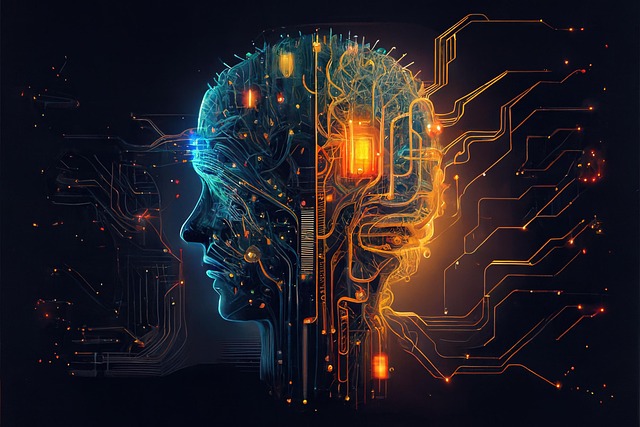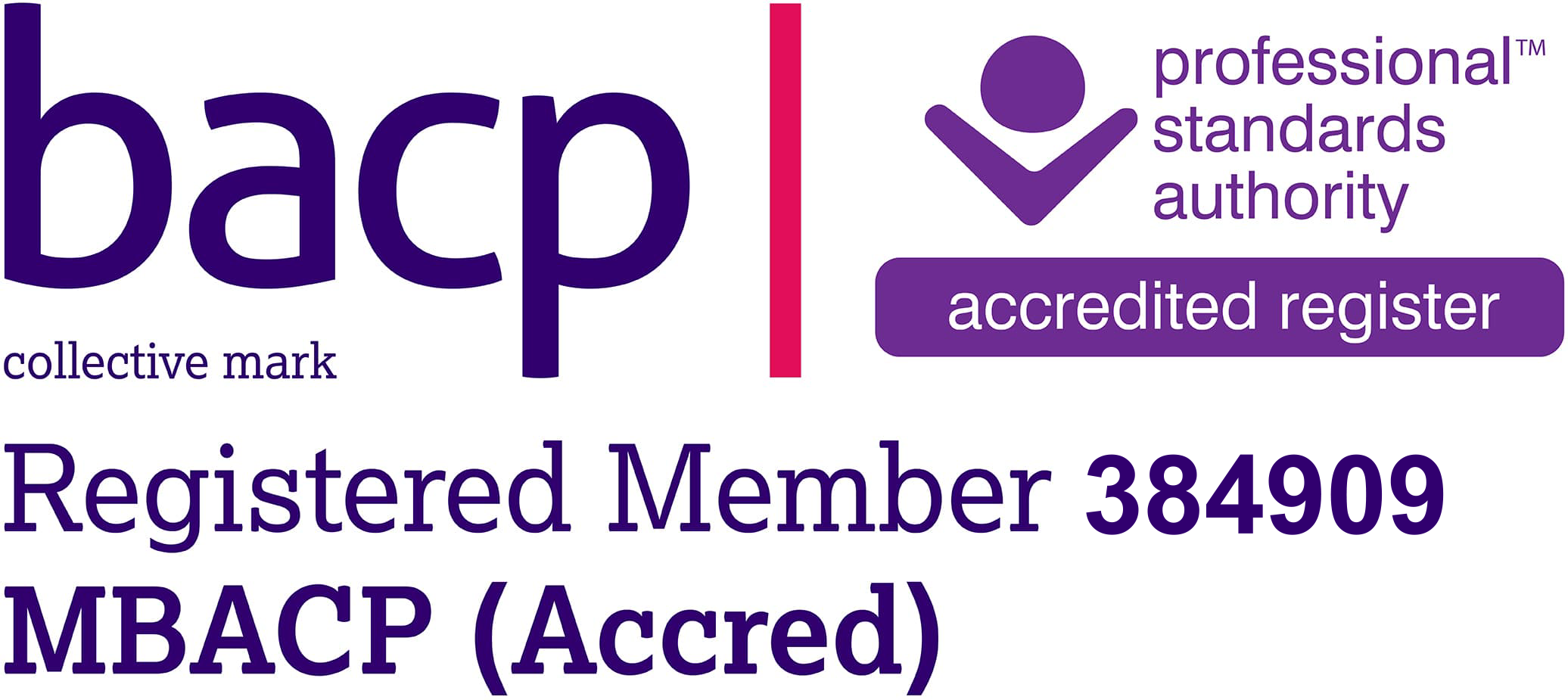Why Human Therapists Are Irreplaceable in the Age of AI
In recent years, artificial intelligence has made its way into almost every part of our lives — from the way we shop to how we access information. So it's no surprise that AI is also being explored in the realm of mental health. But while technology can be incredibly useful, it's worth asking: can it ever replace the depth of connection found in human therapy? In this article, we explore why the answer remains a resounding no — and why the human presence at the heart of therapy is more important than ever.
Our Brains Are Designed for Connection
Neuroscience has revealed that we are inherently social beings. Mirror neurons — unique brain cells that activate both when we do something and when we observe someone else doing it — help us emotionally resonate with others. These cells play a vital role in empathy, allowing us to sense someone else's feelings without a word being spoken.
But mirror neurons don’t respond in the same way to artificial simulations. They are most responsive during real, human interaction. When someone sits opposite a therapist — even in silence — the nervous systems are engaging. There is a shared rhythm of non-verbal communication: facial movements, vocal inflections, posture, breathing patterns. These cues build a sense of safety and connection in the brain.
This is something artificial intelligence simply cannot emulate.
Even with the growth of video-based therapy, the crucial difference is that another human is still on the other side. While digital sessions may lose some of the sensory depth of in-person meetings, the key elements — eye contact, emotional expression, vocal nuances, and attuned presence — still function. Mirror neurons still engage. The therapeutic connection remains alive and meaningful. What AI lacks isn’t just a body — it’s the conscious, emotional responsiveness that comes only with being human.

We Are More Than Algorithms
Artificial intelligence functions by identifying trends in data. It can interpret language, make predictions about emotional states, and offer responses programmed to appear empathetic. But human beings are not puzzles to be solved. We are layered, contradictory, and exquisitely complex.
People in therapy are rarely looking for advice. More often, they are searching for meaning, identity, or the strength to face something deeply personal. The healing doesn’t necessarily come from answers, but from being met — not judged, not fixed, but held with care and compassion. It comes from someone being fully present, saying, in essence, “I’m here with you.”
This kind of presence — where a person feels truly seen and accepted — is deeply therapeutic. And it cannot be automated. It requires awareness, sensitivity, and emotional nuance — qualities that only another person can bring.
Therapy Is About Relationship, Not Just Solutions
What makes therapy powerful is not just what is said, but who says it — and how. Studies have shown time and again that the relationship between client and therapist is one of the strongest indicators of positive outcomes, often more important than the specific approach or method used.
This makes sense. Many emotional wounds originate in relationships — from not being heard, not being accepted, not feeling safe. So it follows that repair would also come through relationship.
A skilled therapist offers more than perspective or practical tools. They offer consistency, empathy, and a real relationship. They remember your story. They hold your struggles gently. They reflect your growth back to you when you can’t see it for yourself.
An AI might be able to simulate supportive words, but it cannot truly care. It doesn’t feel. It doesn’t remember in a meaningful, attuned way. It cannot sit with someone in their pain and quietly witness their return to strength. That depth of presence comes from shared humanity — not programming.
Human Connection in a Digital World
This isn’t to say that technology has no role in mental health support. On the contrary, tools like wellbeing apps, psychoeducational content, and digital symptom trackers can be incredibly useful. When used thoughtfully, AI can complement human care and increase access to information.
But it is not — and should not be — a replacement for real connection.
In fact, this moment of rapid technological development invites us to remember just how vital human presence is. In an increasingly digitised, fast-moving world, the therapy room offers something rare: a space of stillness and genuine contact.
As therapists, we bring more than knowledge. We bring our humanness — our empathy, our ability to connect, our willingness to stay with discomfort. And for those who seek therapy, the goal is rarely just understanding — it is transformation. And transformation doesn’t arise from data. It comes from relationship.
The Human Element Matters Most
AI will no doubt continue to develop, and it may play a growing role in supporting aspects of mental health care. But therapy at its best isn’t a transaction. It’s an encounter — between two human beings.
That kind of meeting cannot be replicated by a machine.
Because no matter how advanced technology becomes, it cannot offer the warmth of true presence. It cannot mirror back your humanity in the way another person can. And often, it is this presence — simple, steady, and sincere — that brings the deepest healing.
As we move further into a future shaped by digital innovation, it’s natural to wonder how technology will affect the most human aspects of our lives. Therapy reminds us that no matter how clever machines become, healing happens in relationship. And for anyone considering therapy, this is a reassuring thought: that your story, your feelings, and your growth are best supported not by algorithms, but by another human being who is fully present with you.








